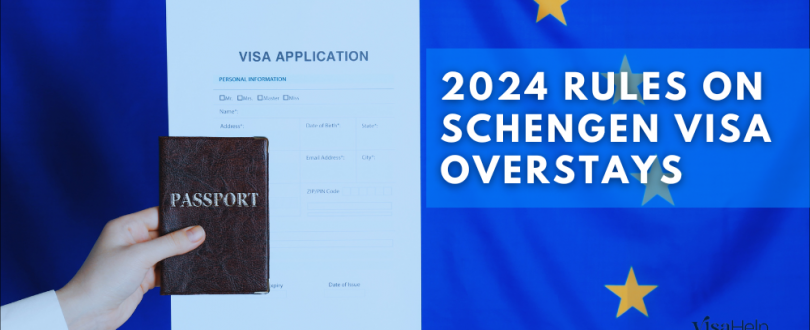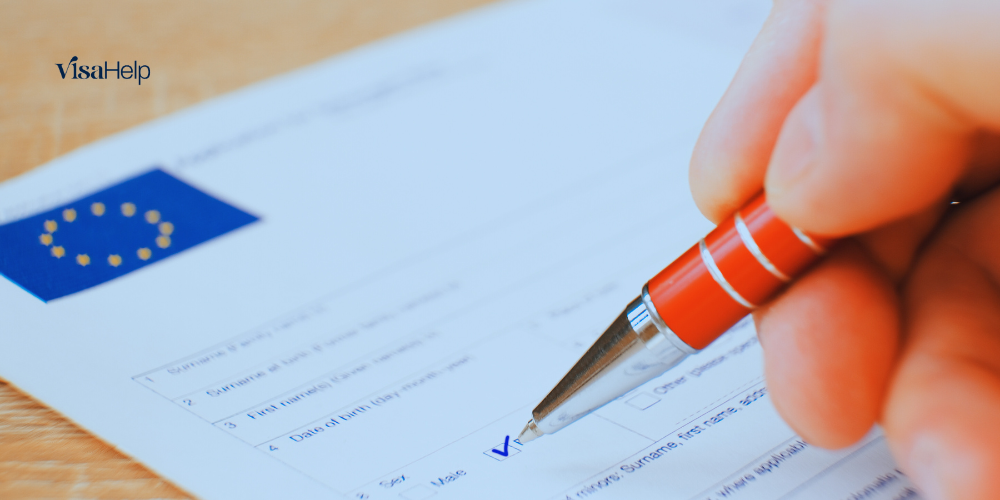
As we step into 2024, travelers need to be more vigilant than ever about visa regulations in the Schengen Area. This zone of 26 European countries offers the allure of borderless travel, but it comes with strict rules that, if not adhered to, can lead to serious consequences. Here’s what you need to know about the 2024 updates on Schengen visa overstays.
Understanding the Schengen Visa
The Schengen Visa is a key to unlocking the treasures of Europe for many travelers. This special visa allows you to travel freely within the 26 countries that make up the Schengen Area. With just one visa, you can experience the romance of Paris, the history of Rome, and the beauty of the Austrian Alps.
There are several types of Schengen Visas – the most common being the short-stay visa, which typically allows for stays up to 90 days within 180 days. This 90/180 rule is crucial: it means you can stay in the Schengen Area for up to 90 days in any 180 days, a regulation essential to keep in mind to avoid overstaying your visa.
What Constitutes an Overstay?
Overstaying your Schengen Visa means remaining in the Schengen Area beyond your permitted stay. This could happen if you lose track of the 90/180 rule or face unexpected changes in your travel plans. Overstays are calculated using your entry and exit dates, which are stamped in your passport. With the advent of digital tracking, monitoring overstays has become more efficient and accurate.

The 2024 Changes to Overstay Regulations
In 2024, the rules governing Schengen Visa overstays are becoming more stringent. A significant change is the introduction of the Entry-Exit System (EES), a digital system that automatically records entries and exits from the Schengen Area. This system will replace passport stamping, making it easier to track the duration of stay and identify overstays. The EES will also impact visa-exempt travelers, as their entries and exits will now be digitally recorded, necessitating adherence to the 90/180 rule.
Consequences of Overstaying a Schengen Visa
Overstaying your Schengen Visa can lead to serious consequences. Short-term repercussions include fines or detention, while long-term consequences could be as severe as deportation or entry bans, impacting your ability to travel to the Schengen Area in the future. These penalties vary depending on the country and the length of the overstay. In severe cases, overstaying can also affect future visa applications, not just for Schengen countries but for other destinations as well. It’s essential to be mindful of your visa duration to avoid these potentially significant consequences.
How to Avoid Overstaying Your Visa
Navigating the complexities of Schengen visa rules can be daunting, but staying within the legal timeframe is crucial. First, familiarize yourself with the 90/180 rule, which allows you to stay for up to 90 days within any 180 days in the Schengen Area. Plan your trip meticulously to ensure you don’t exceed this limit. Utilizing tools like the Schengen Calculator can help you track the number of days you’ve spent in the zone and how many you have left. Keeping a detailed travel itinerary and maintaining a record of your entry and exit dates from the Schengen countries can also prevent inadvertent overstays. Always check the stamp in your passport for the entry date to ensure accuracy.
Legal Recourse and Extenuating Circumstances
If you find yourself in a situation where you’ve overstayed due to circumstances beyond your control, such as a medical emergency or canceled flights (considered ‘force majeure’), it’s essential to take immediate action. Contact the immigration authorities of the country you’re in and explain your situation.
Documentation supporting your reason for overstaying, such as medical records or official notices of canceled transportation, can be crucial. In some cases, you may apply for a visa extension or a temporary residence permit. Be honest and proactive in dealing with the situation to mitigate potential penalties.
Tips for Smooth Schengen Travel
- Double-Check Visa Requirements: Before traveling, ensure you understand the visa requirements and restrictions for your nationality.
- Keep Documents Handy: Carry copies of important documents like your passport, visa, travel insurance, and any other relevant paperwork.
- Respect the Rules: Adhere strictly to the terms of your visa to avoid complications.
- Plan Your Itinerary Carefully: Be aware of the duration of your stay in the Schengen Area and plan your travel dates accordingly.
- Stay Informed: Keep abreast of any changes to visa policies or rules, as these can change without much notice.
- Seek Assistance When Needed: If you’re unsure about your visa status or have any concerns, don’t hesitate to contact the embassy or consulate of your Schengen country.
Navigating these rules can be complex, but GovAssist is here to help. They provide expert assistance in understanding the new regulations, preparing your visa application, and ensuring you meet all necessary criteria. With GovAssist, you can focus on planning your European adventure, confident that your visa matters are in capable hands.
Remember, responsible travel isn’t just about respecting local cultures and environments; it’s also about adhering to visa regulations. Stay informed, stay compliant, and enjoy the diverse beauty of the Schengen Area without any legal hiccups. Happy travels!

